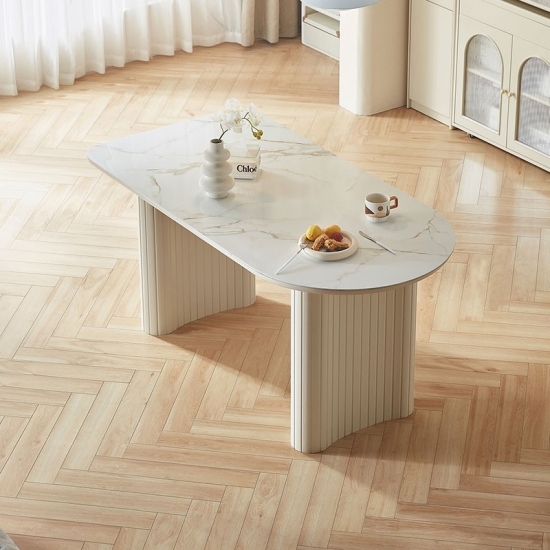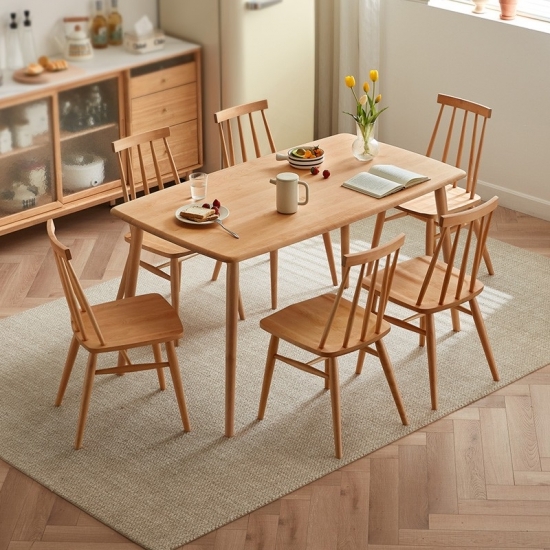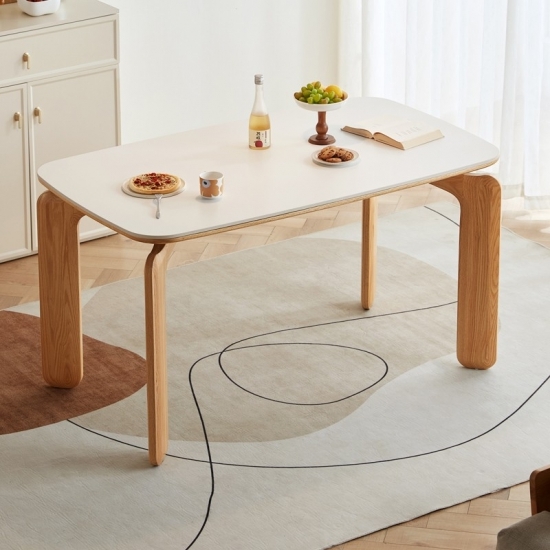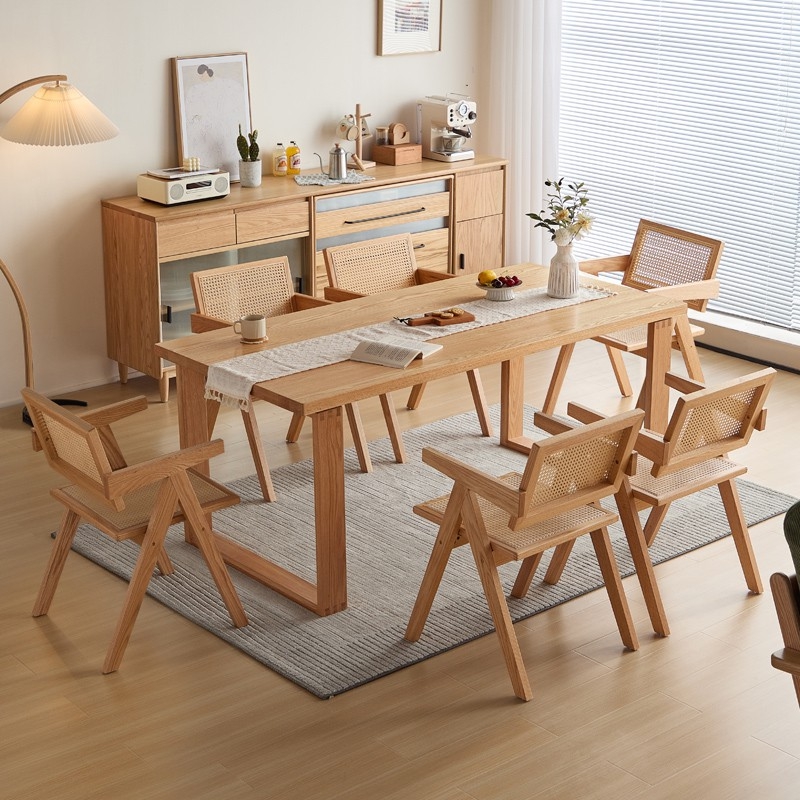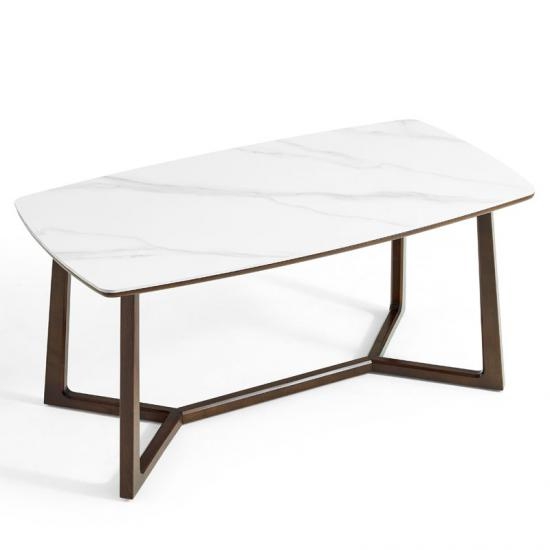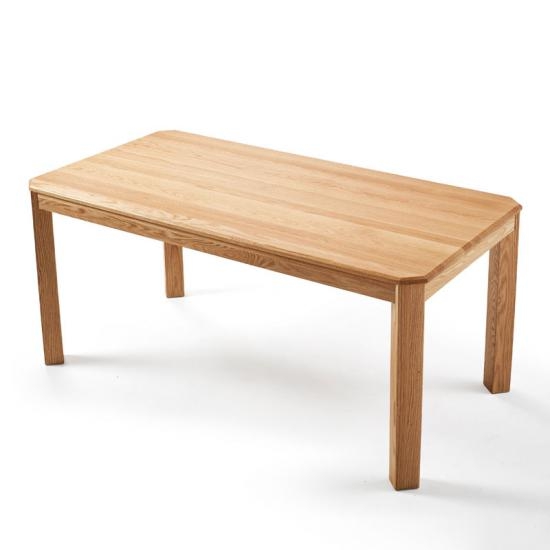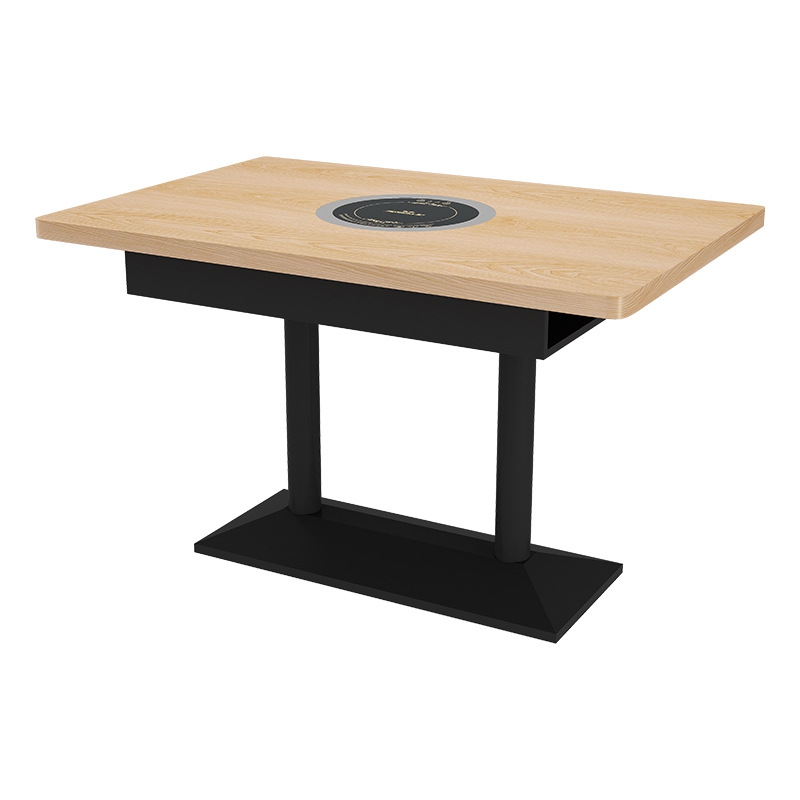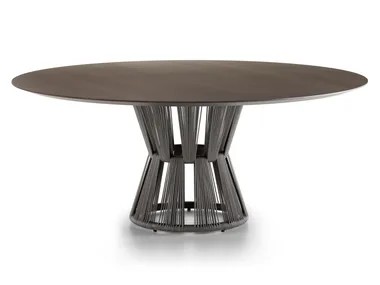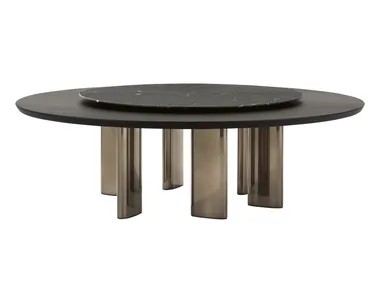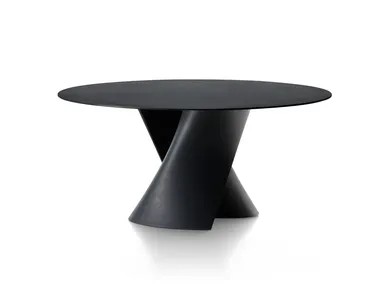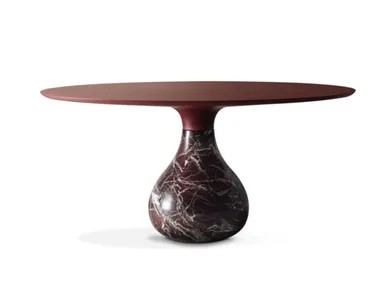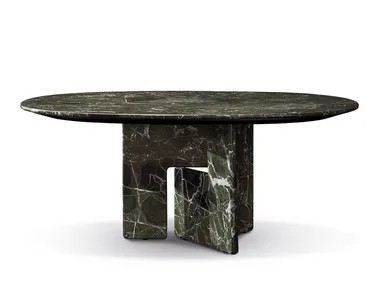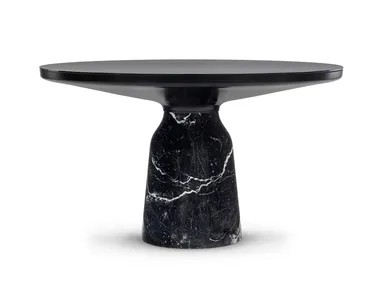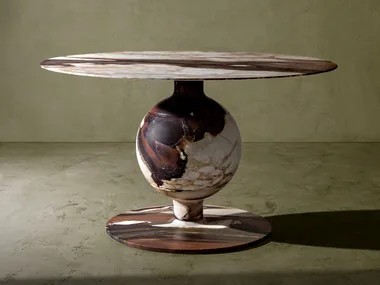Marble vs. Wood: Hotel Tabletop Selection Guide
Publish Time: 2025-08-19
Tabletops are functional focal points in hotel restaurants, lobbies, and guest rooms. Selecting between marble and wood surfaces requires balancing visual impact with maintenance demands and lifecycle costs.
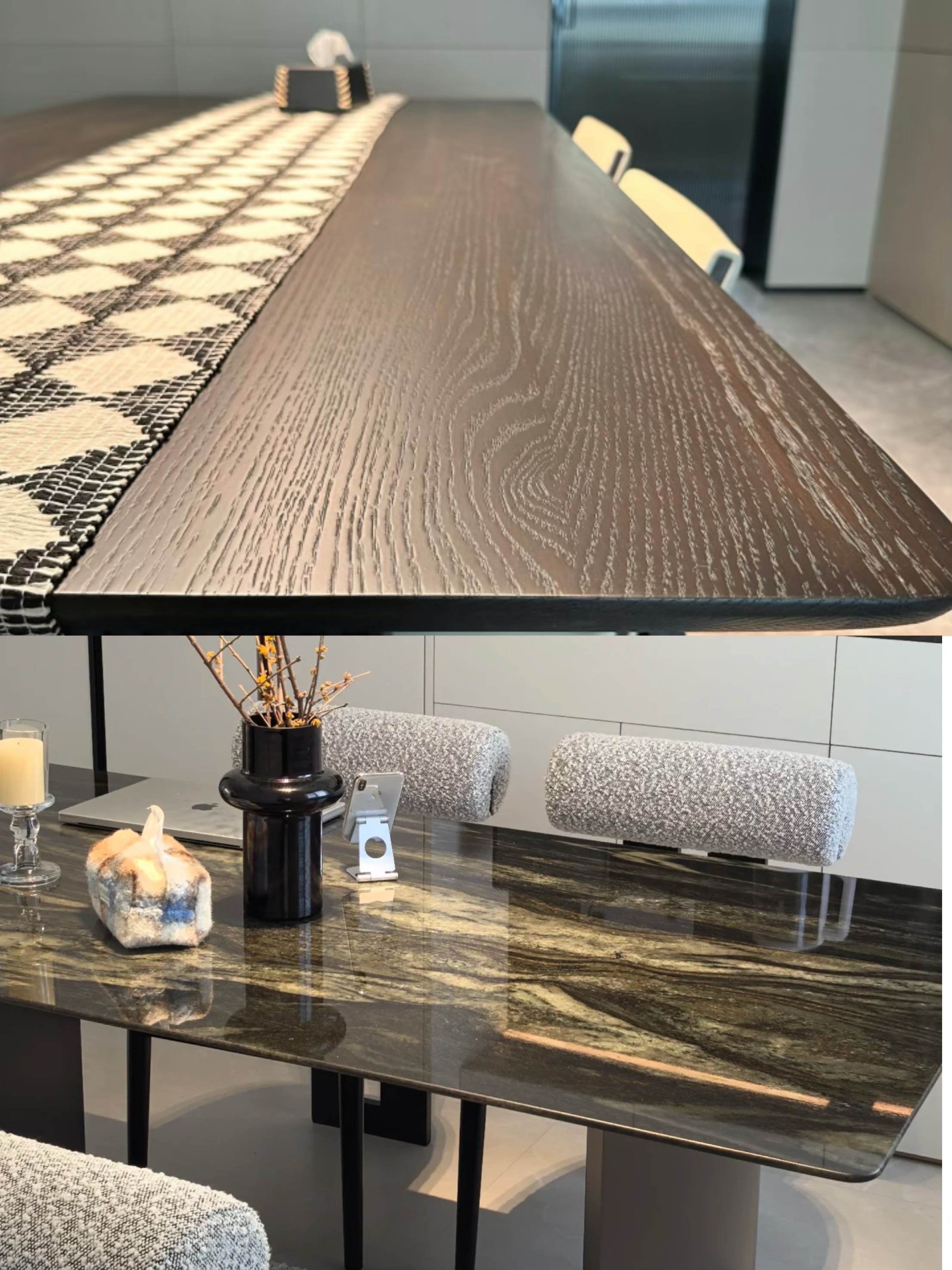
Marble conveys luxury and permanence. Natural veining patterns and polished finishes elevate ambiance in lobby reception desks or VIP dining tables. However, marble is porous and susceptible to staining from acidic liquids; regular sealing is mandatory to maintain shine. Additionally, marble’s weight demands robust support frames, increasing structural requirements and installation complexity. High-grade marbles—Carrara, Calacatta—can command premium pricing but justify themselves in flagship properties emphasizing opulence.
Wood tabletops—oak, walnut, or engineered veneer—offer warmth and versatility. Solid woods resist chipping and can be refinished periodically to restore luster. Engineered wood veneers over plywood cores reduce costs and minimize warping risks in variable humidity. Laminate alternatives mimic wood grains while delivering stain and scratch resistance, though they lack the tactile authenticity of real wood.
Maintenance profiles differ significantly. Wood surfaces require routine polishing and immediate cleanup of spills to prevent water rings. Marble demands resealing every 6–12 months and careful use of pH-neutral cleaners. Properties must weigh labor and material costs accordingly—marble’s elegance versus wood’s practicality.
A hybrid approach merges the two: marble-inlaid wood tables or wood frames supporting removable marble tops. This design allows for targeted replacement of worn elements without full table swaps. When specifying, also consider edge profiles—beveled or bullnose for marble, eased corners for wood—to reduce chipping and streamline cleaning.
Ultimately, the choice hinges on brand positioning and operational priorities. High-end properties benefit from marble’s prestige, while mid-scale or family-oriented hotels often favor the resilience and warmth of wood tabletops.



